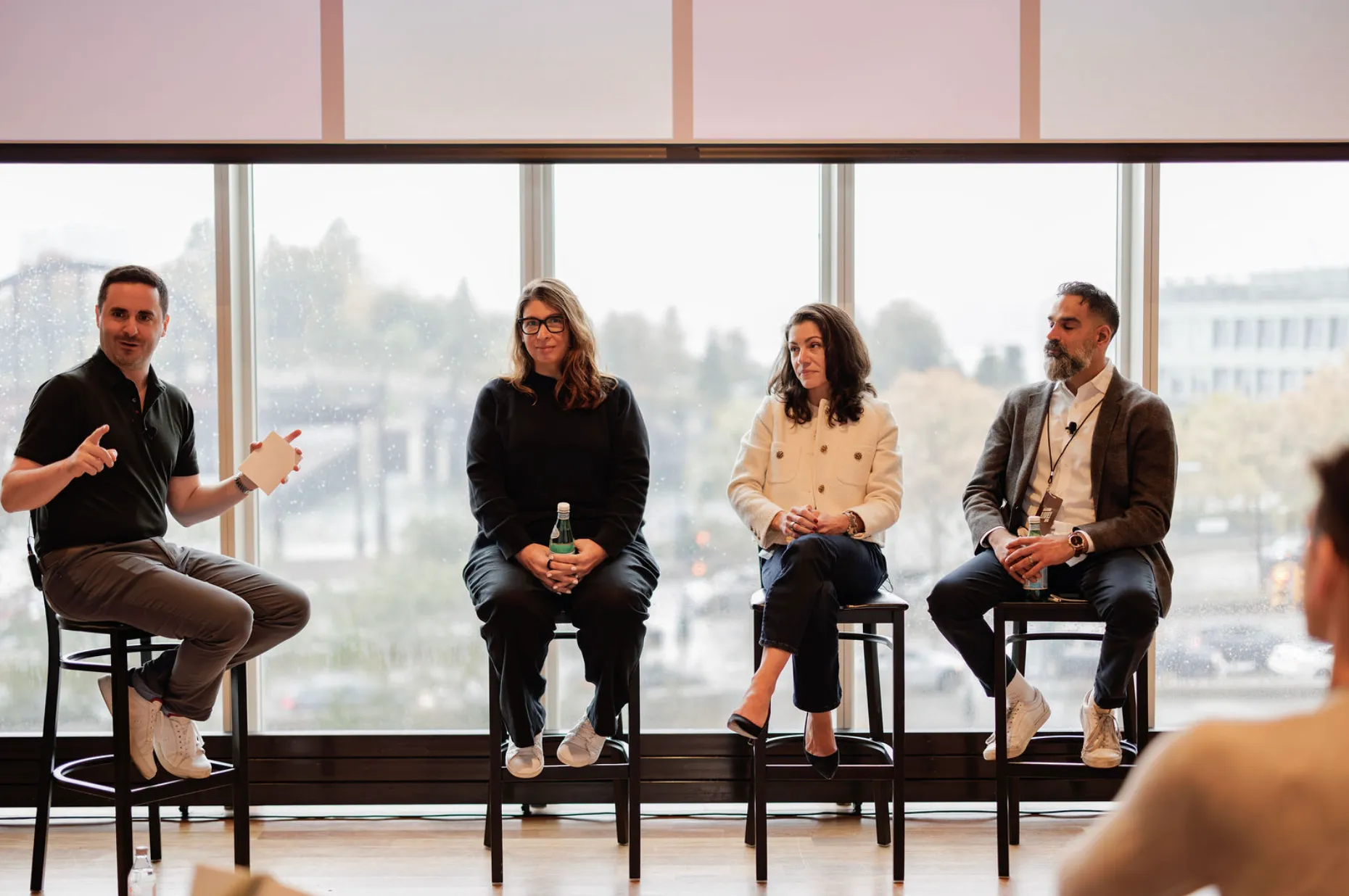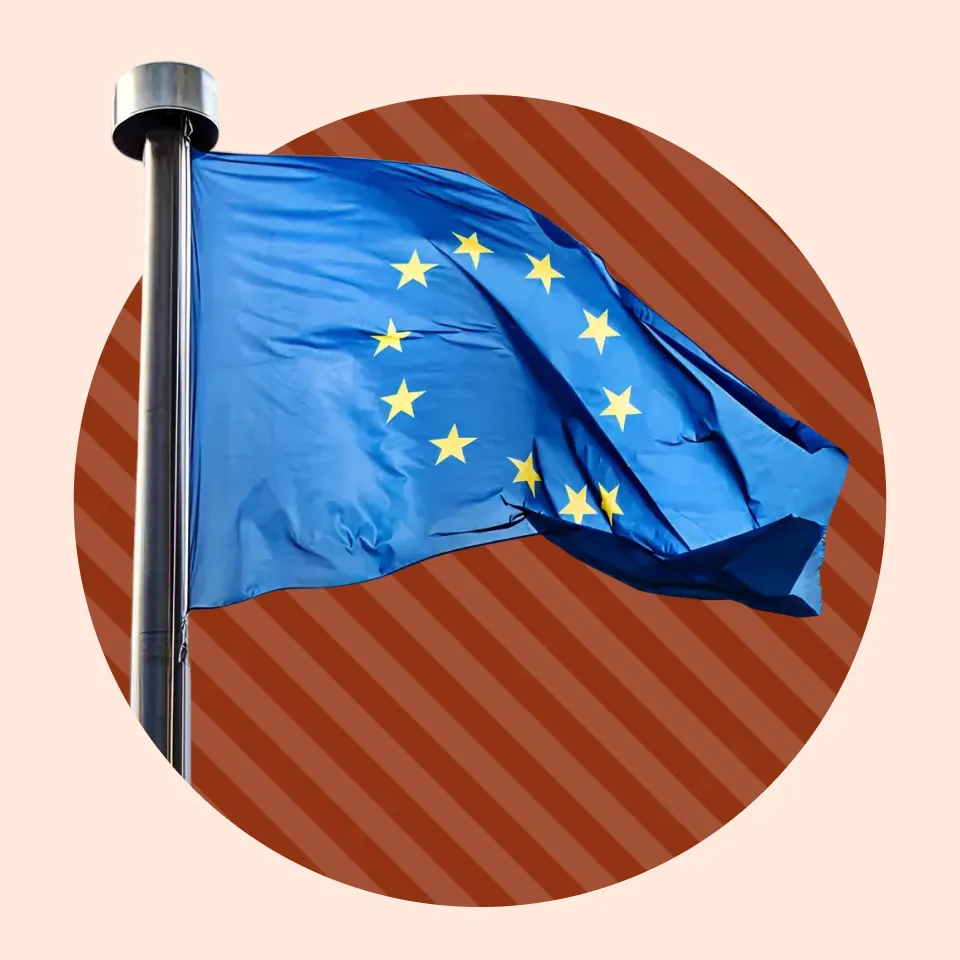AI is booming! It's creating music, writing articles, and even designing posters—but who owns its amazing creations? Is it the engineers who built it, the data it feeds on, or something else entirely?
When it comes to AI-generated content, you can expect billions in copyright losses. And with AI predicted to pump $15.7 trillion into the global economy by 2030, ignoring Intellectual Property (IP) risks is like driving blindfolded.
So let's see what kind of IP risks AI presents and how you can deal with them.
What is Intellectual Property (IP)?
Ever have a brilliant idea for a recipe, gadget, or song so catchy it gets stuck in everyone's head? The things you create from your ideas are your intellectual property (IP)–the unique gems your mind mines.
But what if someone steals your secret sauce, copies your invention, or claims your song as their own?That's where intellectual property (IP) comes in. It's like a shield for your ideas, keeping them safe from meanies.
Types of intellectual property
There are three main kinds of intellectual property: copyrights, patents, and trademarks. Each of these serves a unique purpose and applies to different types of creations.
#1 Copyrights
Copyright protects original works of authorship, including literary, dramatic, musical, and certain other intellectual works. This protection is available to both published and unpublished works.
So, if you a writer composes a killer marketing piece for your company, it's automatically protected by copyright law the moment it's fixed in a tangible form that is perceptible either directly or with the aid of a machine or device.
#2 Patents
Patents are king! They give inventors exclusive rights to their inventions, whether they're new processes, machines, manufactured items, or compositions of matter. Got a new software or a gadget? Patent it, and you've got exclusive rights to that invention for a certain period, typically 20 years.
#3 Trademarks
These are all about brand identity. Trademarks protect symbols, names, and slogans used to identify and distinguish goods or services. It's the reason you can't just slap the name of a famous soda brand on your homemade cola and sell it. Trademarks are crucial in marketing, ensuring brand recognition and loyalty.
Key Intellectual Property (IP) risks with AI
In 2022, 61% of businesses using AI reported facing IP-related challenges.
IP risks pose significant challenges to existing legal frameworks and raise new questions about ownership, authorship, and liability.
Here are the some of the common IP risks with AI:
#1 Copyright infringement
AI systems often require large datasets for training, which may include copyrighted materials such as texts, images, or music. Using these without proper authorization means copyright infringement.
Imagine an AI program writes a story or paints a picture. Who owns it? Usually, a person who creates something gets the copyright. But with AI, it's tricky. Is the person who made the AI the owner? Or does no one own it because it's not made by a human?
Real-life example: An AI named AIVA was officially recognized as a composer in the music industry. This raised questions about copyright in music created by AI.
#2 Trade secrets exposure
While using AI, there is a risk that confidential business information or trade secrets could inadvertently be exposed or leaked, especially when multiple parties are involved.
Navigating data ownership and privacy issues becomes tricky when AI uses personal or proprietary data. Determining who holds the rights to data that AI systems use or produce is not always straightforward. Therefore, selecting the appropriate AI technology is critical in this context.
Also read: AI in Due Diligence: Benefits + Best Practices
#3 Patentability of AI-created inventions
Determining the patentability of inventions created by AI systems is a major legal challenge. Issues arise around whether an AI system can be listed as an inventor and who owns the rights to AI-generated innovations.
Now think about AI designing a new machine. Who should the patent go to? Normally, patents are for human inventors. But what if AI is the inventor?
Real-life example: There's this famous case of an AI called DABUS that created two new inventions, and there was a big debate about whether it could be listed as the inventor on the patent applications. In some places like South Africa, DABUS was recognized as an inventor, but in others, like the United States, it wasn't.
#4 Trademark infringement
AI-generated logos or brand names may inadvertently infringe upon existing trademarks. The unique nature of AI-generated content complicates the traditional understanding of trademark law.
#5 Derivative works and originality
There are concerns about the originality of AI-generated works, such as texts, artworks, or music compositions. This raises issues about whether such works can be considered derivative and who, if anyone, holds the copyright.
#6 Software licensing and open source issues
The use of open-source code in AI software can lead to conflicts with licensing terms. Moreover, integrating AI solutions with existing software can raise issues about the ownership and use rights of the combined product.
Also read: In-House Legal Guide to Safeguarding Company Data
How to protect your company from IP risks with AI?
Mitigating IP risks involves several strategies and approaches, both legal and technical, to ensure that AI developments do not infringe upon existing IP rights and that new creations by AI are protected appropriately.
#1 Conduct a comprehensive IP audit for AI
Start by thoroughly assessing how your organization currently uses AI. Identify areas where AI interacts with IP—like data sourcing, content creation, and software development. This audit will give you a clear picture of where tailored policies are needed.
#2 Establish clear legal frameworks and AI use policies
Encourage the development and implementation of clear legal frameworks that specifically address the unique challenges posed by AI in the realm of IP.
Speaking of policies, if you don’t have an AI use policy in place yet, you will benefit from this playbook created by legal leaders.
Also read: Crafting Effective Generative AI Policies: A Step-by-Step Guide
#3 Source data ethically
Ensure that the data used for training AI systems is sourced ethically and legally, with proper permissions and respect for copyright laws.
Where necessary, anonymize data to protect the privacy and confidentiality of the data sources
#4 Define AI-generated content ownership
Be explicit about who owns the IP rights to content created by AI. This might include works generated by AI algorithms, machine learning models, or any other AI-driven process.
Specify this in your policies to avoid ambiguity. For instance, you might state that any AI-generated content is the property of the company.
#5 Establish protocols for confidentiality and trade secrets
AI algorithms and models can often be trade secrets. Create protocols to protect these, such as limiting access to key AI technologies and implementing non-disclosure agreements (NDAs) for employees and partners.
#6 Train employees on AI IP policies
It’s crucial that all employees understand your AI IP policies. Conduct training sessions to educate them on the importance of these policies, their role in protecting IP, and the consequences of non-compliance.
#7 Implement a compliance monitoring system
Set up a system to monitor compliance with your AI IP policies. This could involve regular audits, checks, or using software tools to track how AI is being used within your organization.
#8 Develop a response plan for IP infringements
Be prepared for potential IP infringements involving AI. This includes having a your team ready to address any issues and a communication plan to handle any public relations aspects.
- Assess the validity and severity. Develop criteria to quickly determine whether a claim is frivolous or serious and requires immediate attention
- Have a clear plan for legal action, which may include cease and desist letters, negotiations, and, if necessary, litigation
- Prepare a communication strategy for handling inquiries from the media, stakeholders, and the public
- Be prepared for IP infringements that cross international borders, understanding different legal jurisdictions and their implications
#9 Document everything related to AI use
Keep detailed records of your AI systems’ development and output. This documentation can be crucial in IP disputes, demonstrating the origin and development of your AI-generated IP.
Also read: Best Practices for Commercial Contract Risk Management
Legal cases related to IP risks with AI
#1 Copyright
Getty Images accused Stability AI of copyright infringement, claiming the AI platform for generating images used millions of Getty's copyrighted photos in its training data.
Andy Warhol Foundation vs. Goldsmith
This long-standing dispute, currently before the US Supreme Court, involves a Warhol silkscreen portrait of Prince based on a photograph by Goldsmith.
#2 Trade secrets
A group of programmers sued GitHub, Microsoft, and OpenAI, alleging their AI coding tool, Copilot, infringed on their copyrighted code used in training the AI.
#3 Authorship
Stephen Thaler vs. US Copyright Office
Stephen Thaler, the owner of an AI system named DABUS that creates art, sought copyright protection for the AI's work.
Also read: Legal Risk Management: From the Playbook of 11 GCs & Leaders
Mitigate IP risk with SpotDraft’s AI-Use Policy Playbook
For lawyers, managing IP risks in AI is key. AI creates things like music or articles, and it's important to know who owns these.
SpotDraft’s AI-Use Policy Playbook is what you need to create your own AI use policy! By leveraging this playbook, you can protect your company’s innovations, respect others' intellectual property, and harness the power of AI responsibly and effectively.
The playbook is created by legal leaders offering a step-by-step guide to developing bespoke AI-use policies tailored to the specific needs and operational realities of an organization.
So get started on that policy and protect your company from IP risks with AI!

.avif)
.avif)








